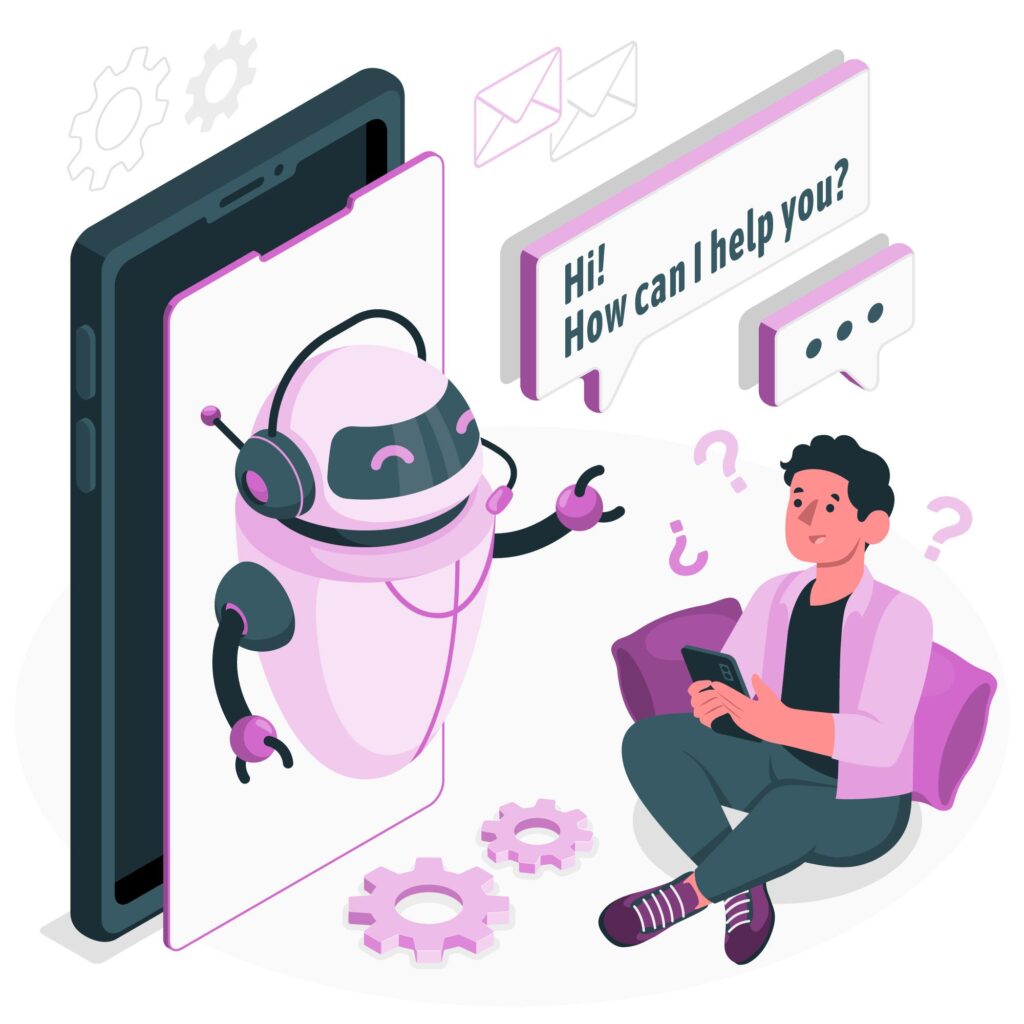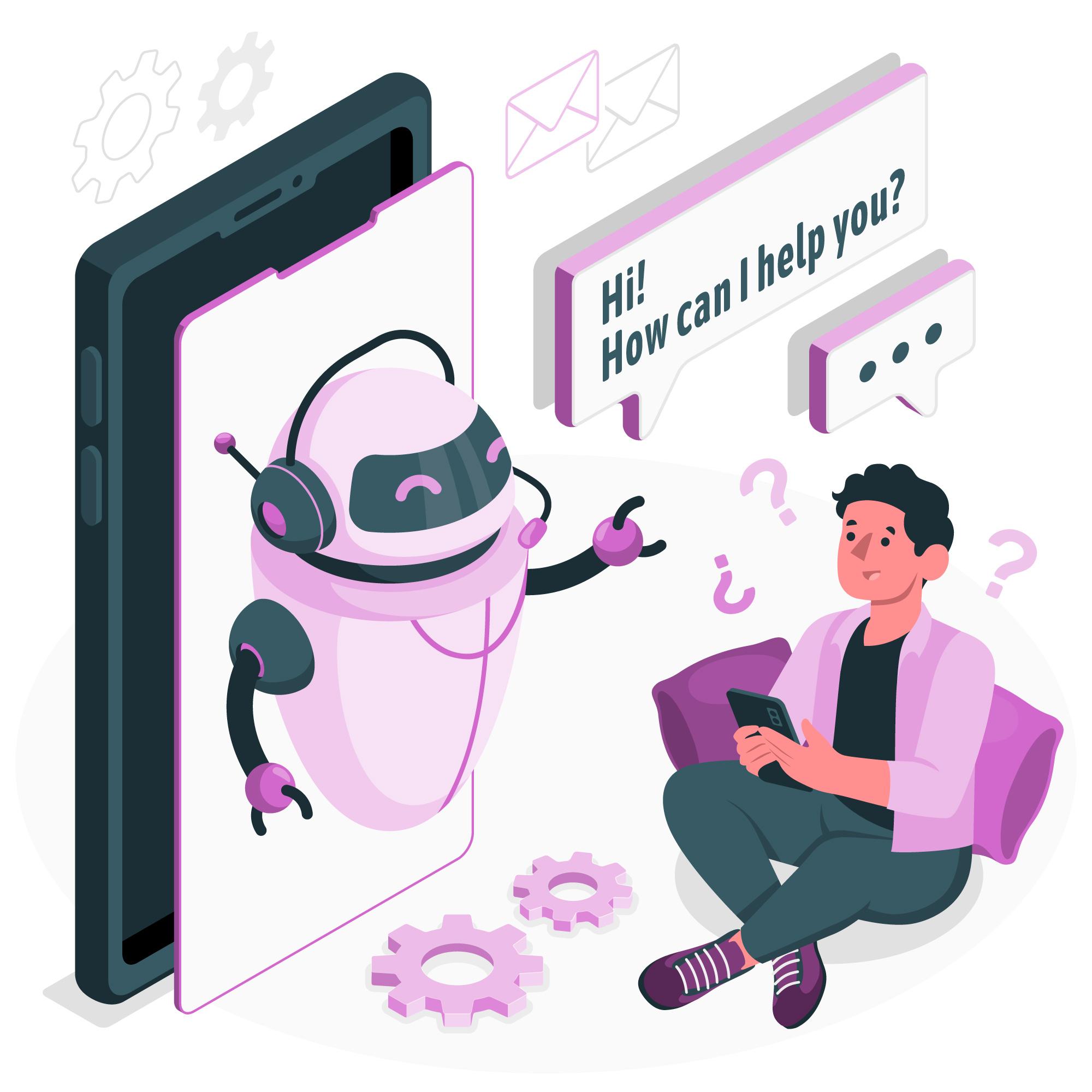GPT-3, short for “Generative Pre-trained Transformer 3,” is a groundbreaking language model developed by OpenAI. It represents the third iteration in the GPT series, and it has quickly become one of the most powerful and influential AI language models to date. GPT-3’s capabilities have transformed the way we interact with AI, unlocking a multitude of applications across various industries. In this comprehensive guide, we will delve into the inner workings of GPT-3, explore its key features, examine its applications, and consider the potential impact on society.

Understanding GPT-3
GPT-3 is an artificial intelligence model based on the transformer architecture. The transformer architecture is designed to process sequential data, making it particularly well-suited for natural language processing tasks. What sets it apart from its predecessors is its sheer size and scale. It boasts a whopping 175 billion parameters, making it one of the largest language models ever created. This immense size enables GPT-3 to process and generate human-like text with unparalleled accuracy and coherence.
How GPT-3 Works
It’s impressive performance is primarily attributed to its pre-training and fine-tuning processes. During the pre-training phase, the model is exposed to vast amounts of text data from the internet, absorbing patterns, syntax, and context from diverse sources. This process allows GPT-3 to learn and understand the complexities of human language. After pre-training, the model undergoes fine-tuning, where it is trained on more specific datasets tailored to particular tasks. Fine-tuning tailors the model’s abilities to excel in various applications, such as language translation, sentiment analysis, chatbots, and more.
Applications of GPT-3
Natural Language Understanding: GPT-3 exhibits exceptional proficiency in understanding and interpreting human language, enabling it to comprehend complex queries and respond with accurate, contextually relevant answers. This capability has immense potential in educational applications, where GPT-3 can assist in answering questions, providing explanations, and facilitating personalized learning experiences.
Content Creation: GPT-3’s ability to generate human-like text has found extensive use in content creation. From drafting articles and blog posts to crafting marketing copy, GPT-3 can alleviate the burden of generating high-quality content, saving time and resources for businesses and content creators alike.
Language Translation: Language barriers are a significant obstacle in today’s interconnected world. GPT-3’s multilingual capabilities allow it to perform impressive language translation tasks, opening up avenues for seamless communication and global collaboration.
Virtual Assistants: GPT-3 serves as a foundation for building intelligent virtual assistants. These assistants can efficiently handle tasks ranging from simple inquiries to more complex interactions, enhancing customer support services and improving user experiences.
Creative Writing: Surprisingly, GPT-3 can also flex its creative muscles. It has demonstrated the ability to compose poetry, short stories, and even engage in role-playing scenarios, sparking discussions about the intersection of AI and art.
Code Generation: It can assist developers by generating code snippets based on natural language descriptions of their intended functionality. This feature accelerates the development process and aids in tackling coding challenges effectively.
The Impact of GPT-3 on Society
As with any advanced AI technology, GPT-3’s widespread adoption raises various ethical and societal concerns. One major issue is the potential for the dissemination of misinformation and fake content. GPT-3’s capability to generate highly convincing fake news articles can be misused by malicious actors, leading to severe consequences for society and individuals. Ensuring safeguards against such misuse and implementing measures to detect AI-generated content is a pressing challenge.
Moreover, the widespread adoption of GPT-3 may also have implications for the job market. With the capacity to automate content creation, customer support, and other tasks, there is a possibility of job displacement for certain professions. However, it is essential to view AI as a tool to augment human capabilities rather than a complete replacement, promoting the creation of new roles that harness the potential of AI.
Conclusion
GPT-3 represents a remarkable leap in AI language models, revolutionizing natural language processing capabilities and opening up exciting possibilities for various industries. Its vast potential in content creation, translation, virtual assistance, and more continues to captivate developers and businesses worldwide. While there are valid concerns regarding the ethical implications and potential job displacement, responsible implementation and thoughtful regulation can maximize the positive impact of GPT-3 on society. As AI technology continues to evolve, embracing its potential while addressing its challenges will be critical in shaping a future where AI and humanity coexist harmoniously.
Related Articles:
1. A Beginner’s Guide to GPT-3
2. What is GPT-3? Everything You Need to Know
3. Mastering GPT-3: A Comprehensive Guide




